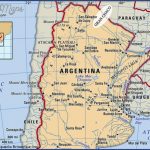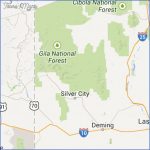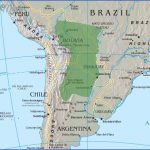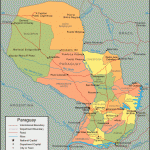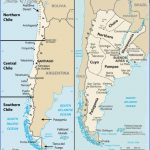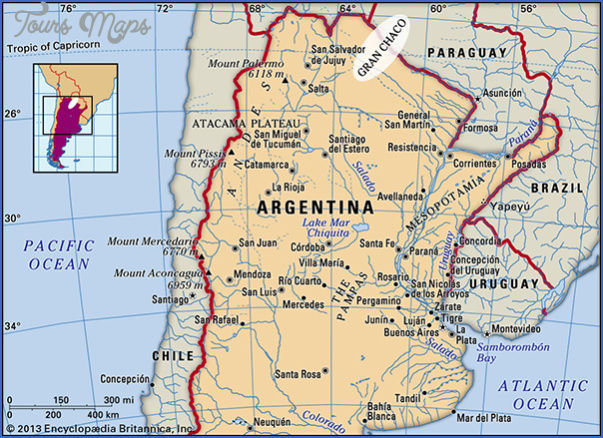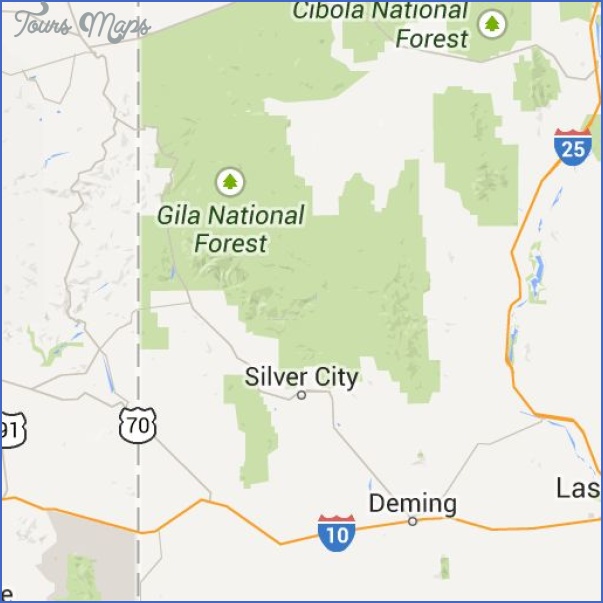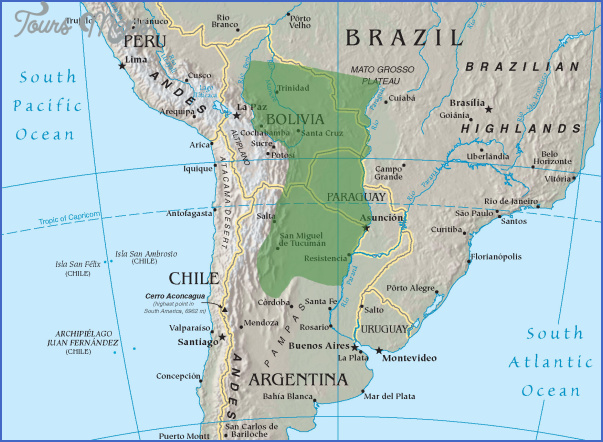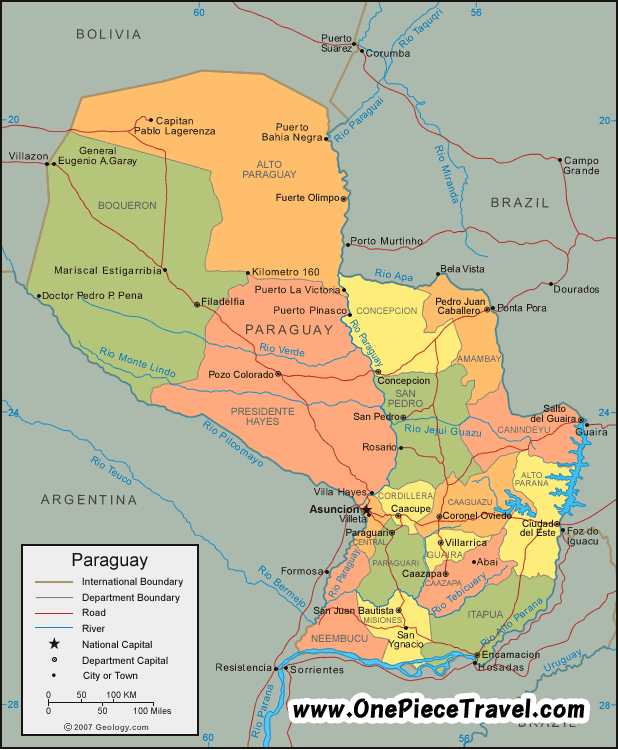Emigration
The lack of jobs and opportunities for advancement in Paraguay has led Paraguayans, both working professionals and the poor, to emigrate abroad (some legally, others illegally) in search of a better life. During the 60’s and 70’s, Argentina was full of employment opportunities. Thousands of Paraguayans voyaged by train to Encarnacion and then on to Buenos
Aires in search of work. Men worked in factories or construction, while women found employment in factories as seamstresses or they worked as domestic servants. In the late 90’s, Spain become a popular destination. However the property bubble collapse in 2008, put an end to the construction boom that had offered employment to newly arrived immigrants. The constant flow of working professionals emigrating abroad has created a severe brain drain in Paraguay. Aside from economic effects, this large scale emigration has other, almost intangible effects on the makeup of Paraguayan society. In rural towns it is not uncommon to see entire groups of siblings being raised by grandparents or extended family members. Children might be gathered around computers at cyber cafes, catching up with parents long distance via Skype. Those with parents working in Argentina are able to visit or be visited more frequently, while children whose parents have emigrated to Europe or North America are less fortunate.
Education
Historically, education has never been a major priority for the Paraguayan government. Although several reforms have recently been enacted, the Paraguayan education system still faces a number of obstacles. While both primary and secondary educations are public and free, the dropout rate is still high. Many families are unable to afford the costs associated with schooling such as school supplies, uniforms and testing fees. Students are often forced to leave school in order to help support their families. Quality of education varies greatly, with many schools in rural areas chronically underserved and underfunded. The Guarani/Spanish language dynamic (see Languages) represents an additional hurdle for education. With the exception of indigenous schools, classes are officially supposed to be taught in Spanish. In rural areas, however, Guarani is the predominant language in the classroom. Many students go through their entire schooling without learning either language fully.
Religion
Paraguay’s population is predominately Roman Catholic with little division between Church and State. It is not uncommon to see religious motifs in private businesses and government offices. Religious rituals play a major role in everyday life with many community and cultural events revolving heavily around religious festivities (see Religious Holidays). Despite the heavy Roman Catholic influence, missionary groups (such as Mormons and Protestants) have been making significant inroads throughout the country. However, efforts to convert Paraguay’s remaining indigenous tribes (by Mennonite outreach groups and the New Tribes Mission) have been controversial.
Santeros
Sculpting saints is a tradition that was born in the Jesuit and Franciscan missions and is kept alive to this day thanks to Paraguay’s deeply rooted religious beliefs (see Artesanias) Most families have an imagen or a small representation of a saint (the Virgin Mary is the most popular) in their homes. Some families construct shrines for saints in their house or garden. On the patron saint’s feast day or special religious holidays, people take their saint to be blessed at the local church.
Paraguay’s People Mestizos
The mixing of the country’s indigenous inhabitants and European colonists originated during the colonial period and continued throughout Paraguay’s history. It resulted in a population that is predominantly mixed-race in descent and one of the most homogeneous in all of Latin America. It is worth noting that for the majority of Paraguay’s mestizos, the mixture between European and indigenous go so many generations back that few are able to trace their actual lineage – making them simply Paraguayans.
Gran Chaco Map Tourist Attractions Photo Gallery
Maybe You Like Them Too
- The Best Cities To Visit in The World
- World’s 10 Best Places To Visit
- Coolest Countries in the World to Visit
- Travel to Santorini, Greece
- Map of Barbados – Holiday in Barbados

